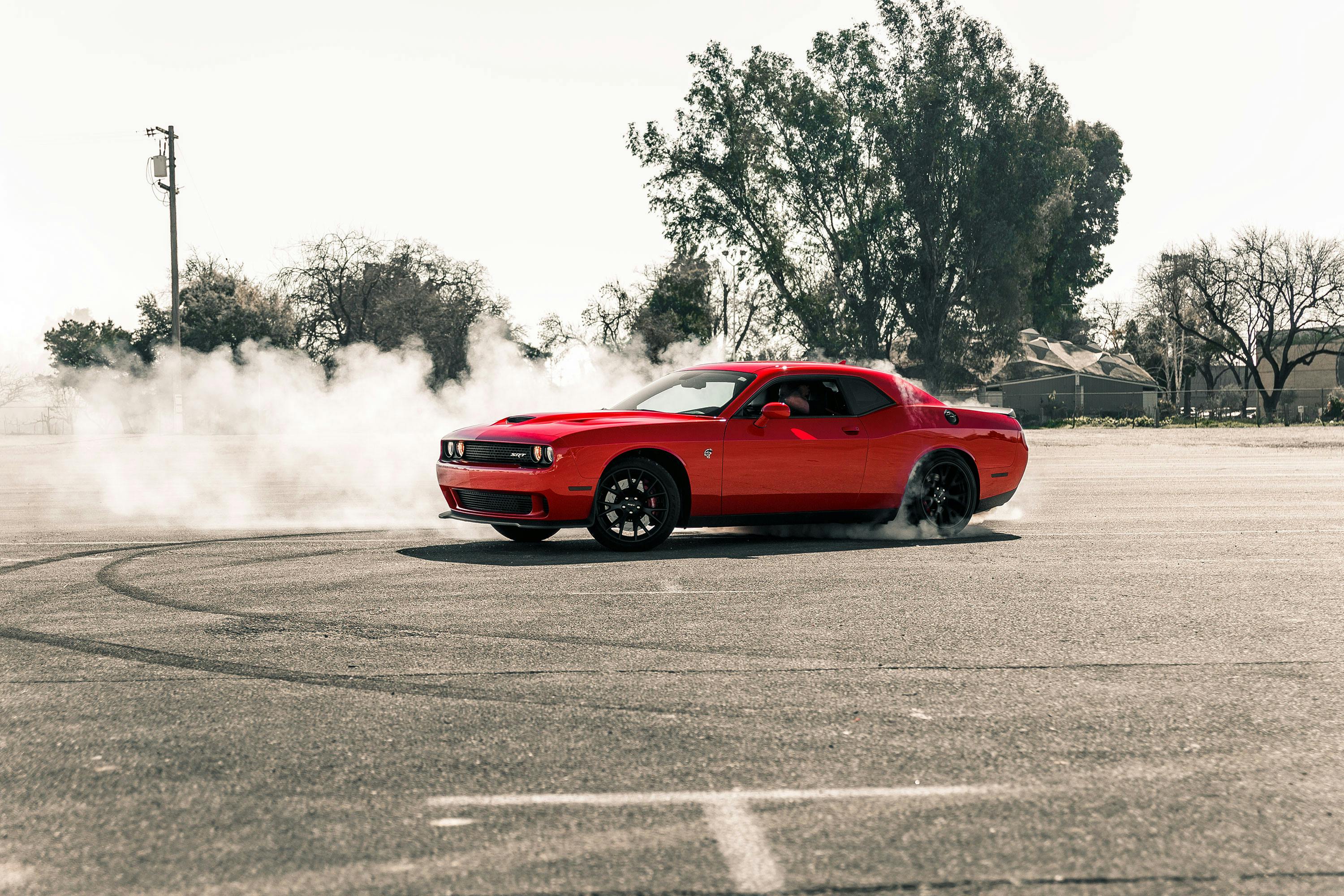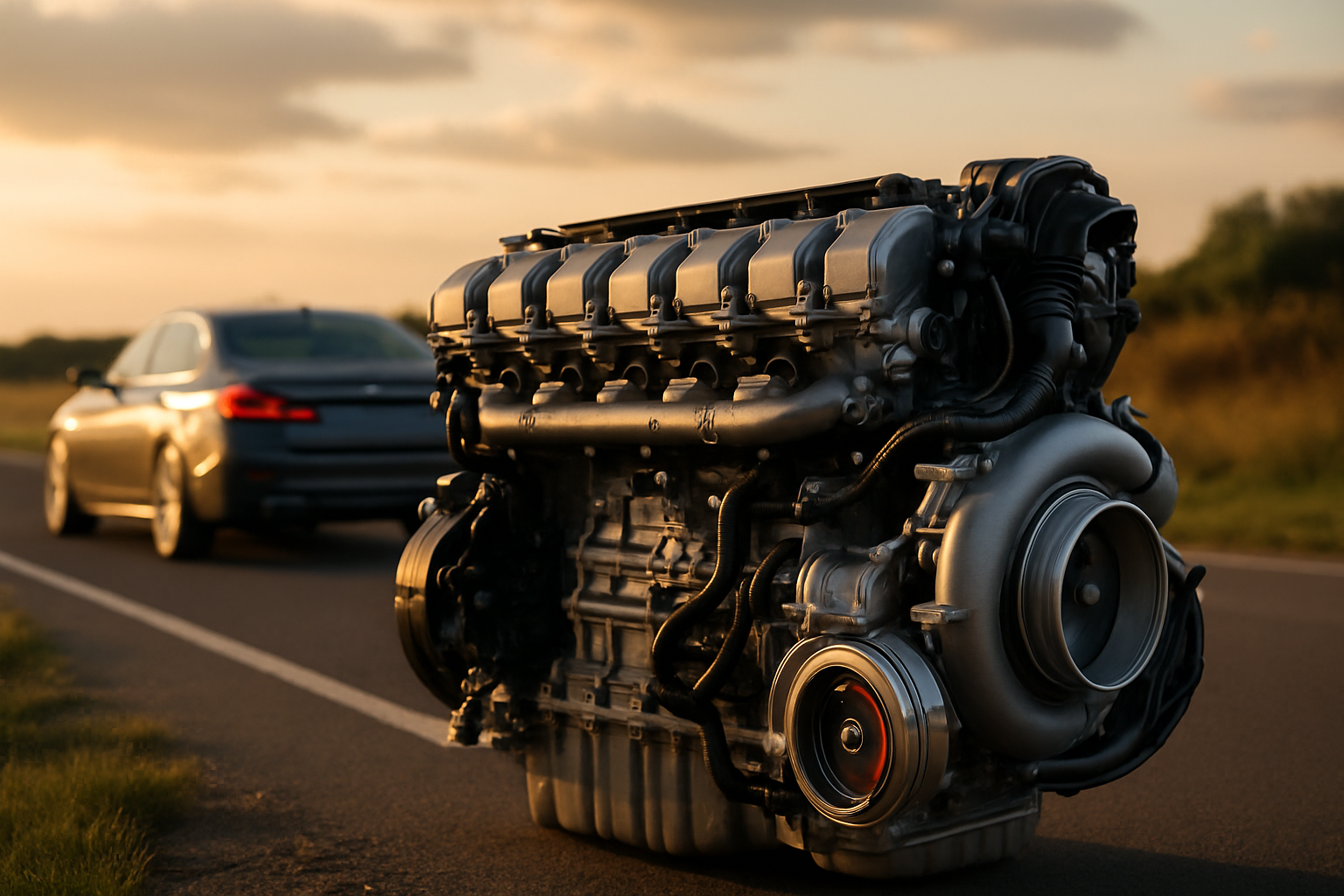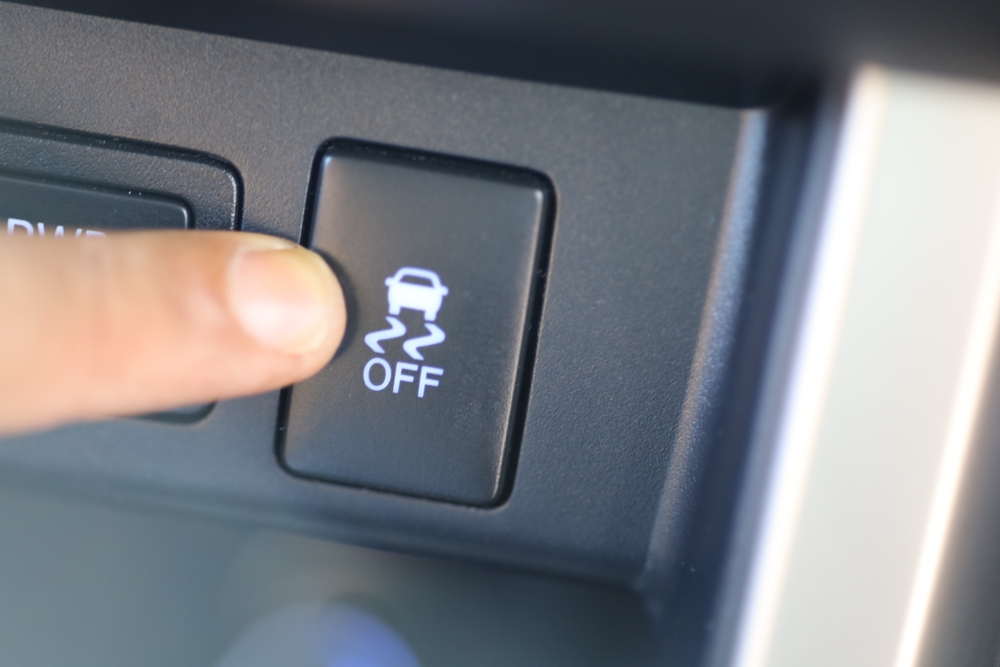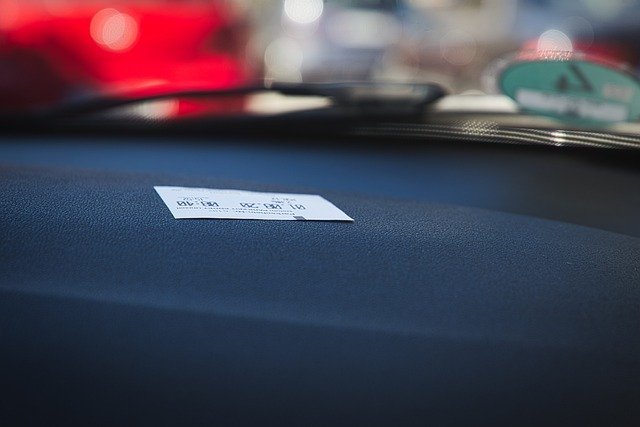Rediscovering the Art of Drifting: A Journey into Controlled Chaos
Imagine the roar of an engine, the scent of burning rubber, and a vehicle hurtling sideways across the tarmac. This is the world of drifting, a motorsport where precision meets chaos, and control becomes an art. Drifting's roots trace back to Japan in the 1970s, born of street racing culture. Drivers sought ways to navigate tight mountain roads at high speeds—drifting, or intentionally oversteering to lose traction while maintaining control, was the answer. This technique was popularized by racing driver Kunimitsu Takahashi, whose flamboyant style won him massive following. It wasn't long before drifting evolved from a practical racing technique to a standalone sport, defined by its drama, spectacle, and the unique skillset it demanded.

Understanding the Mechanics: Science Behind the Sideways Slide
Drifting is more than just spinning out on a corner. It’s about precision and the driver’s ability to control a vehicle in a seemingly out-of-control state. The mechanics of drifting involve initiating a drift, maintaining the slide, and then transitioning into the next corner. This requires a deep understanding of car dynamics, specifically how weight shifts affect traction. The driver manipulates throttle, brakes, clutch, and steering to balance the car on the edge of adhesion, creating that signature drift slide.
The Influence of Drifting: Shaping Motorsport and Automotive Design
Drifting has had a profound influence on the wider motorsport world and automotive design. It has spawned a new generation of performance vehicles designed with drifting in mind, boasting rear-wheel drive, light weight, and high power output. Beyond the track, drifting has influenced popular culture, featuring heavily in movies, video games, and advertising, thereby expanding its appeal beyond the realm of the hardcore enthusiast.
The Modern Drifting Scene: Evolution and Globalization
Today, drifting has evolved from its underground roots to become a globally recognized sport, with professional competitions held worldwide. Technological advancements have led to more powerful and finely tuned drift cars, while driver skills have reached new heights. However, the spirit of drifting remains unchanged—it’s still about the thrill of controlled chaos, the driver’s connection with their vehicle, and the spectacle of rubber burning, smoke-billowing sideways action.
The Future of Drifting: Challenges and Opportunities
While drifting continues to grow in popularity, it faces several challenges. As a sport largely dependent on fossil fuels, it must adapt to a world increasingly concerned with environmental sustainability. Furthermore, as drifting moves further into the mainstream, it risks losing its raw, grassroots appeal. However, these challenges also present opportunities for innovation. As techniques and technologies evolve, the essence of drifting—thrilling, controlled chaos—remains, offering endless possibilities for the future.
In conclusion, drifting is more than a motorsport—it’s a celebration of car control, a spectacle of smoke and sound, and a testament to the human skill behind the wheel. As we look to the future, it’s clear that drifting will continue to evolve and inspire, remaining a fascinating facet of automotive culture.




